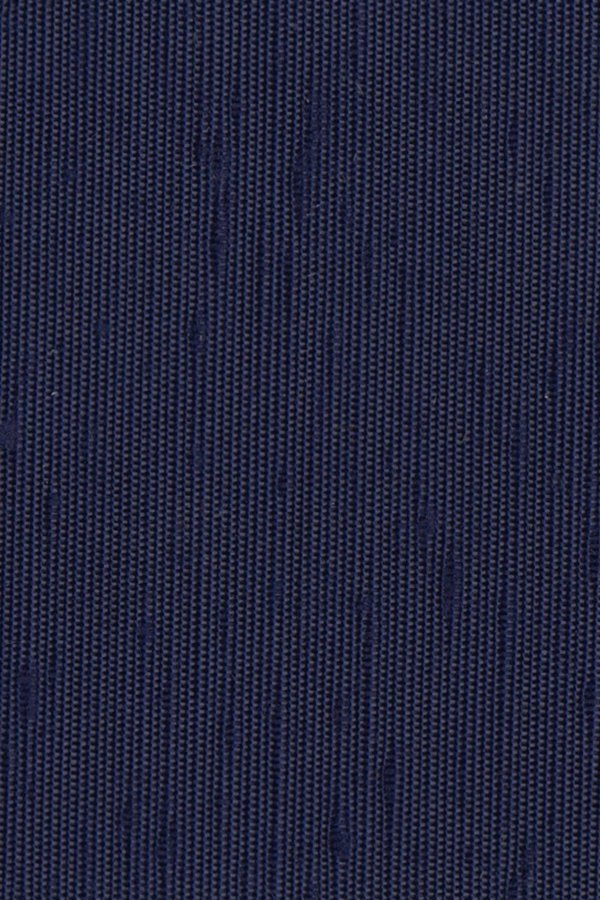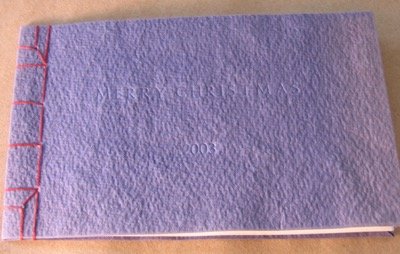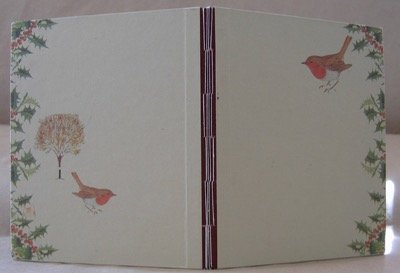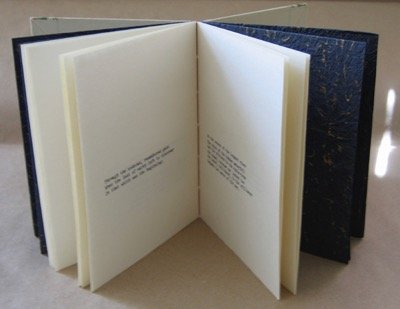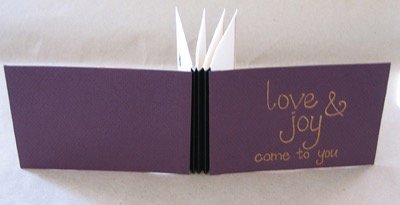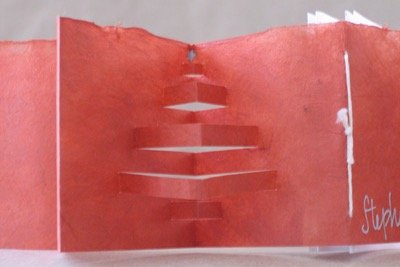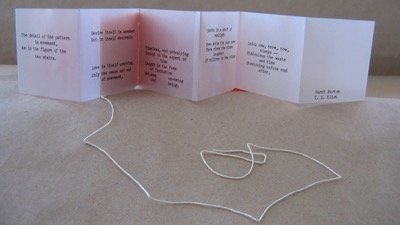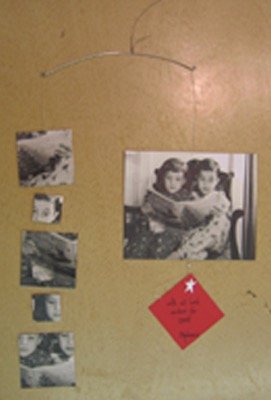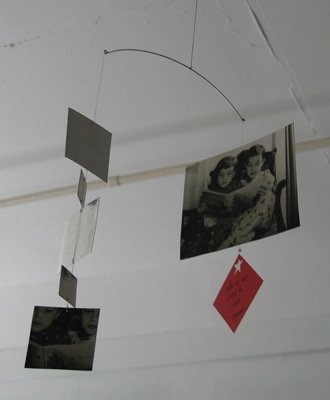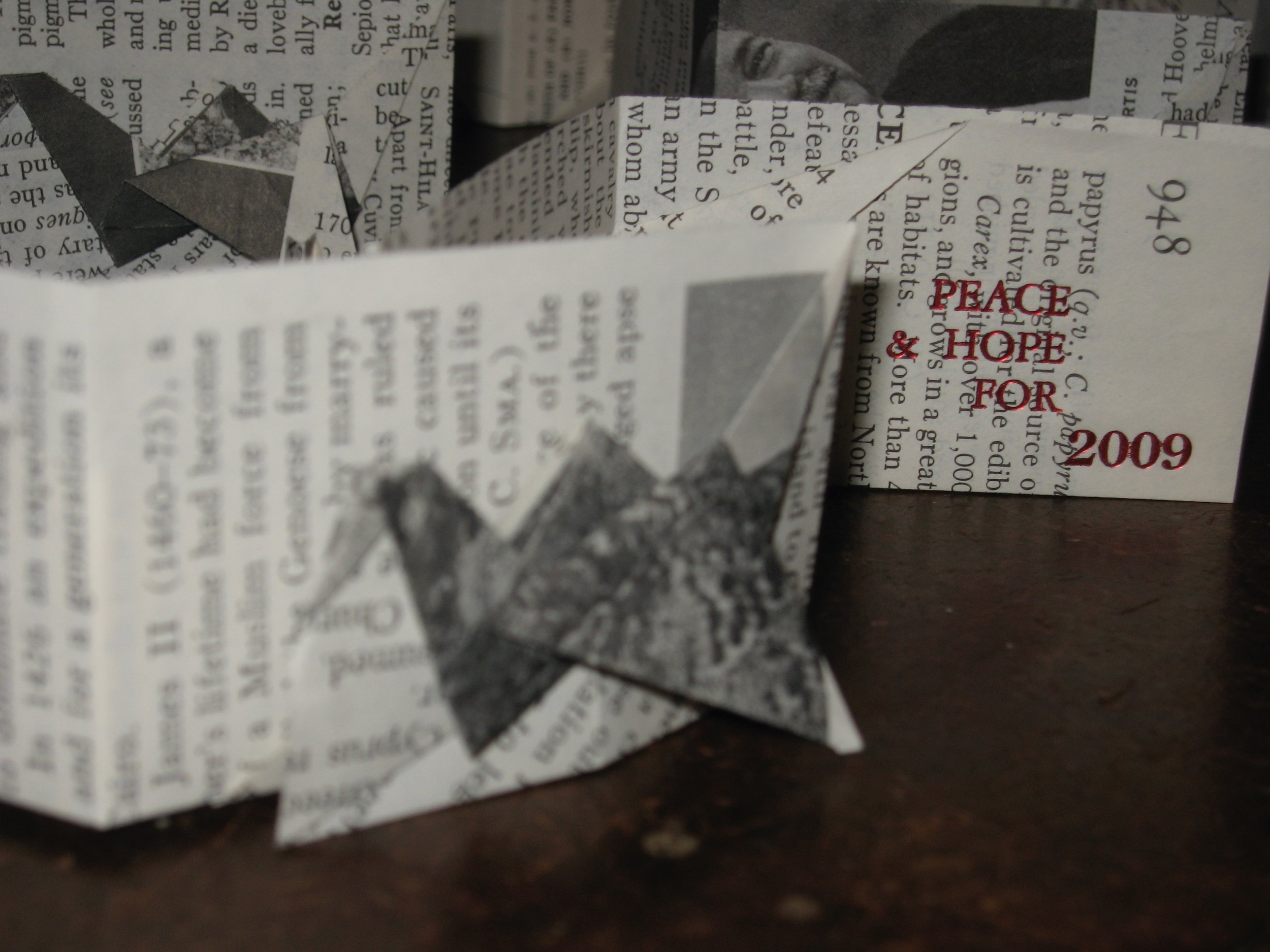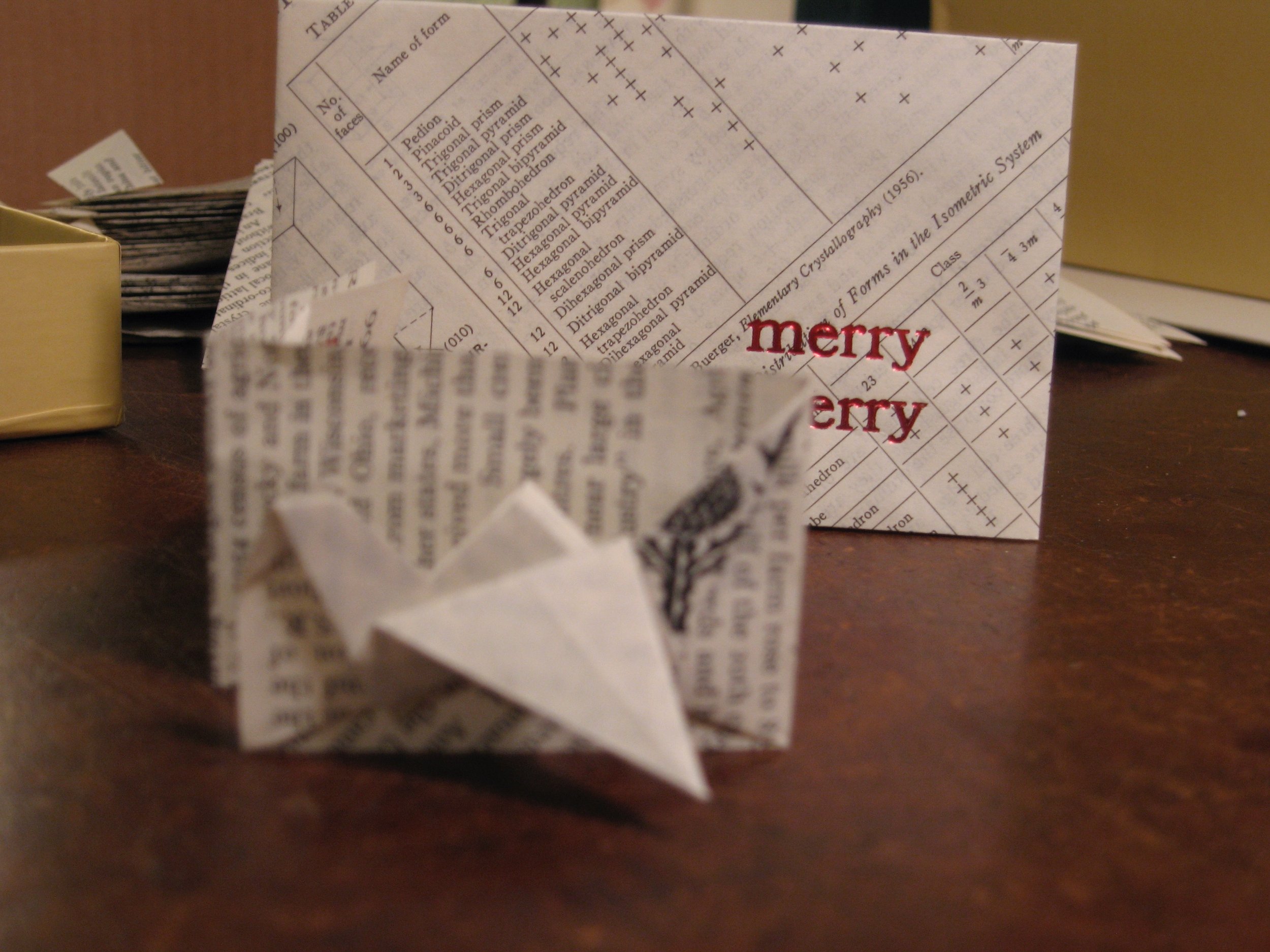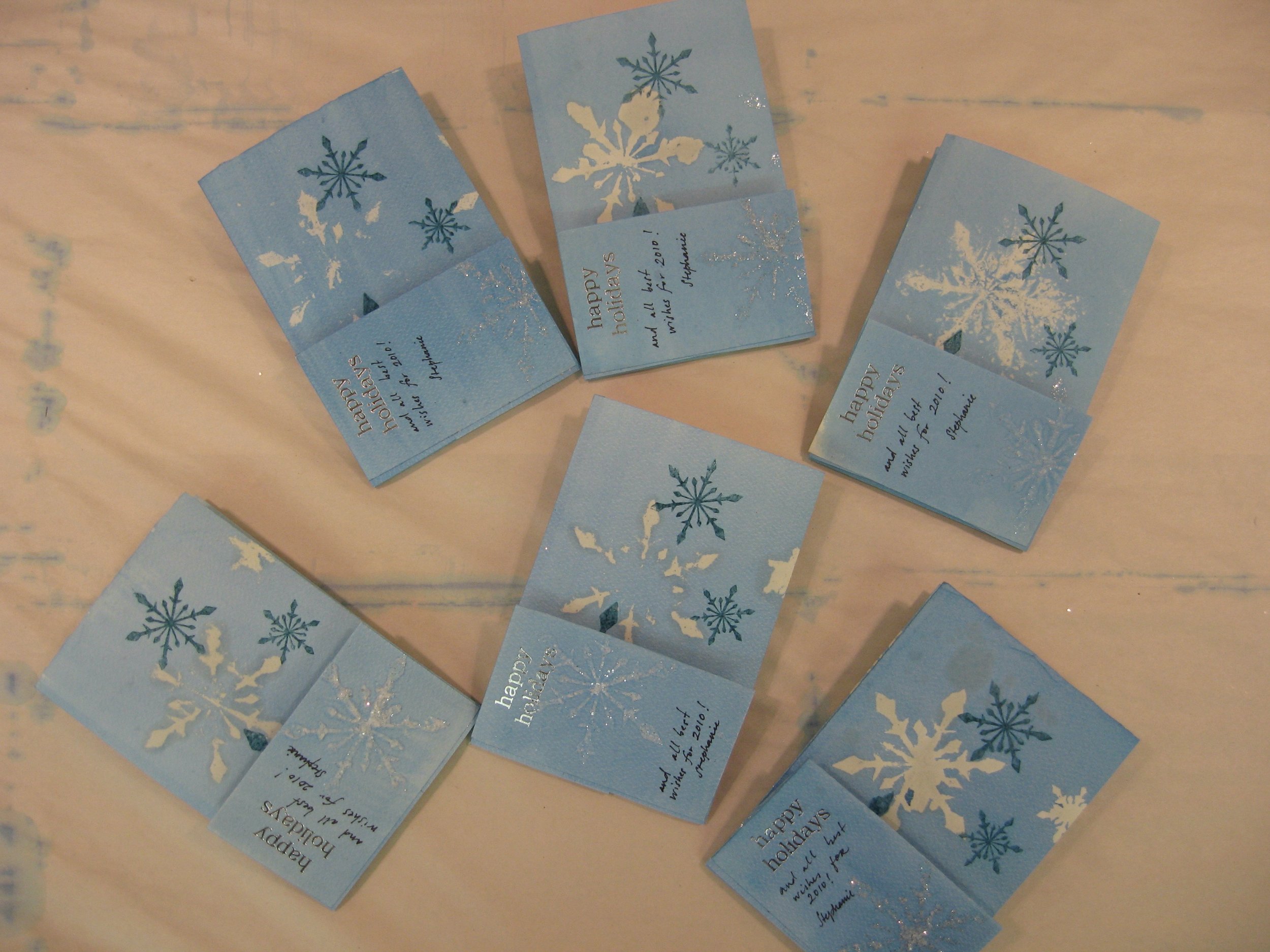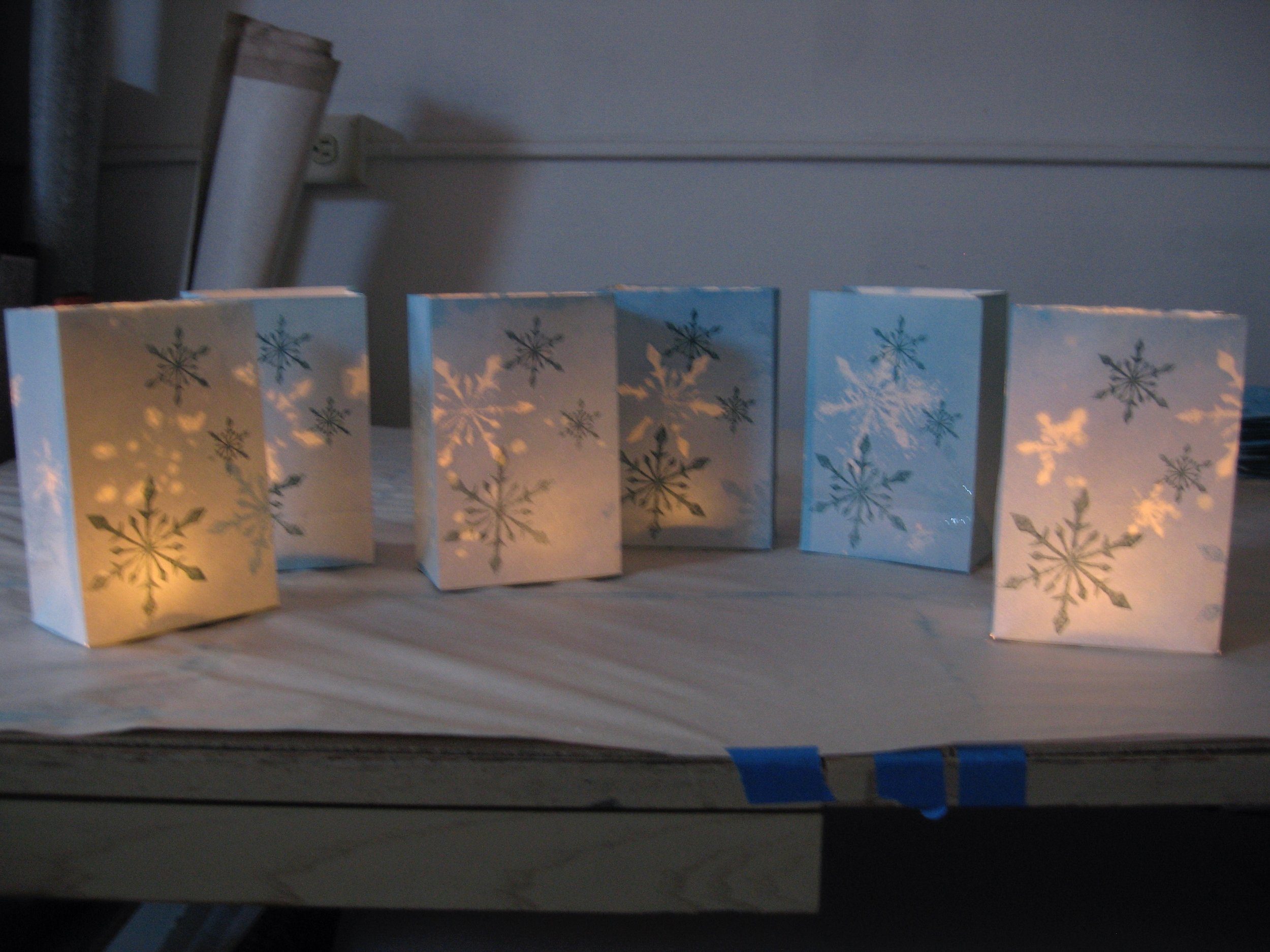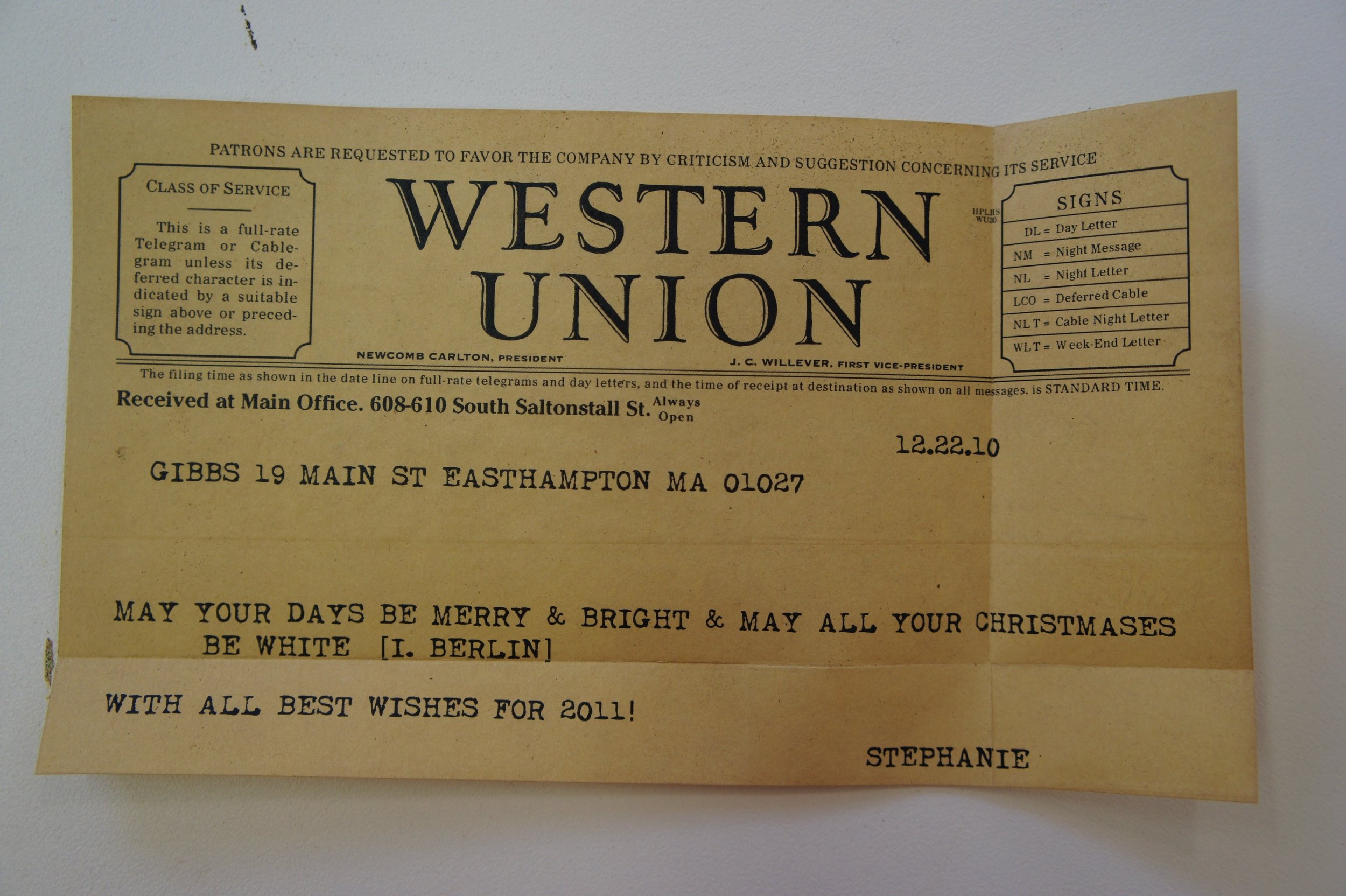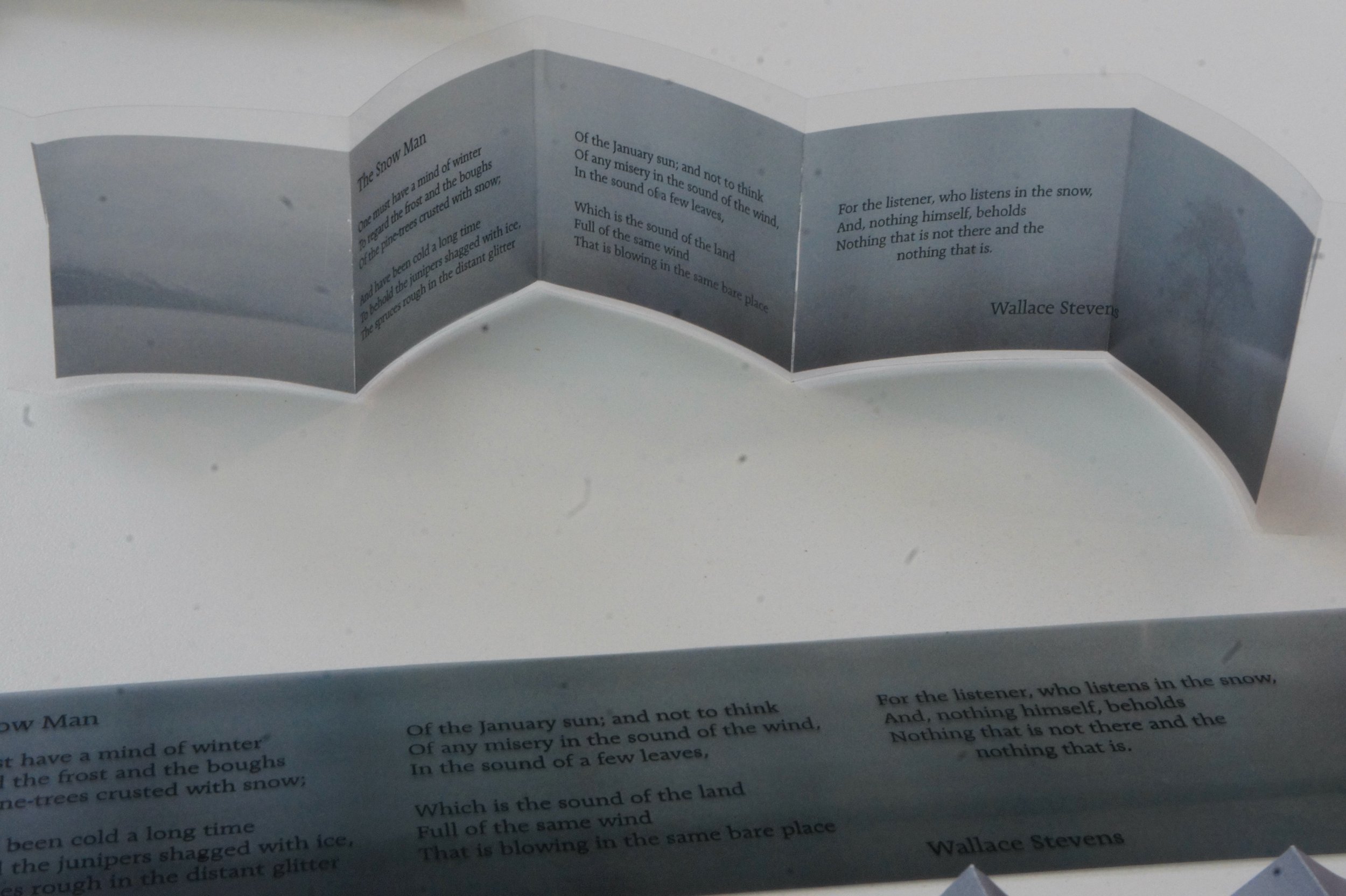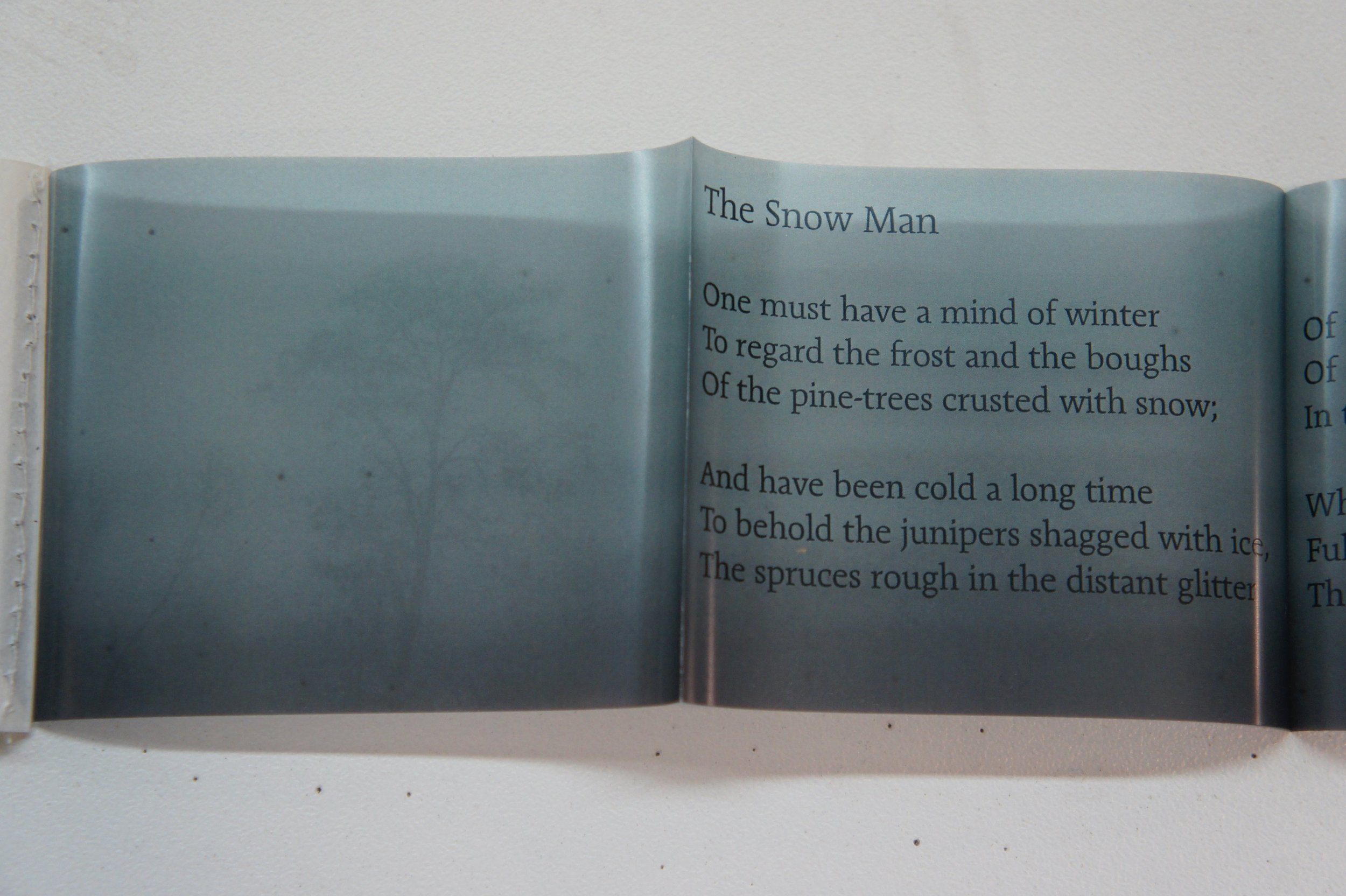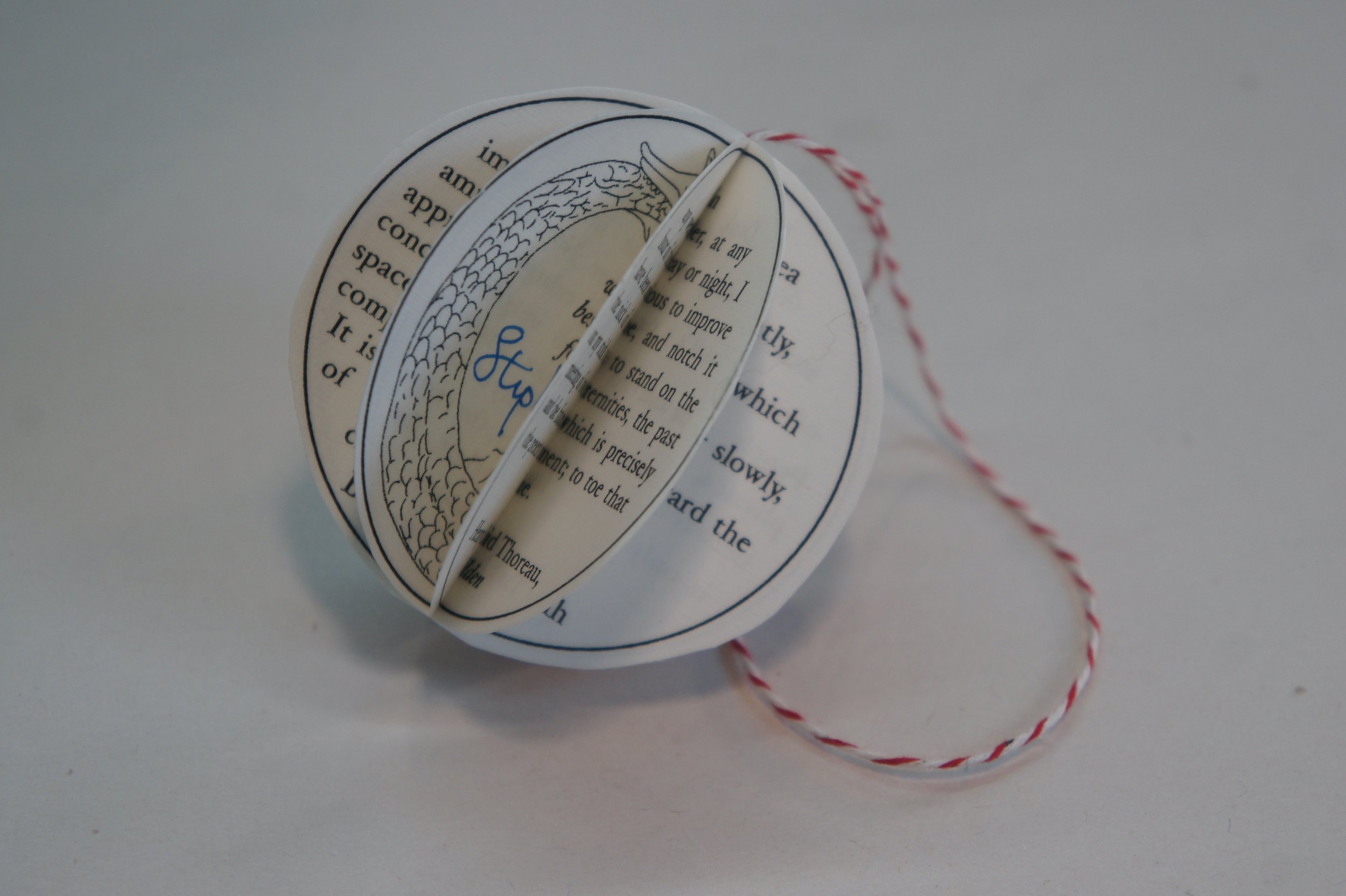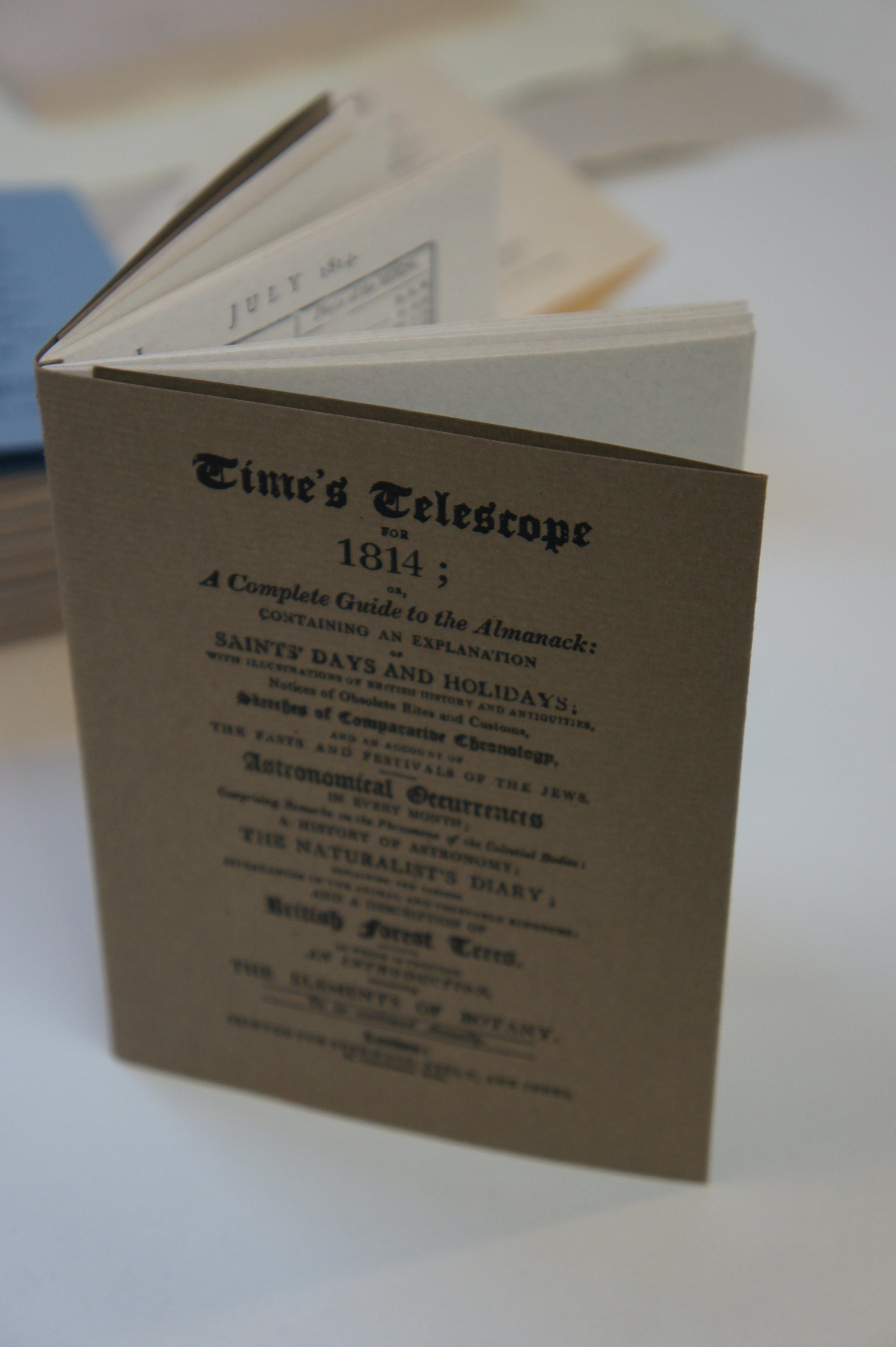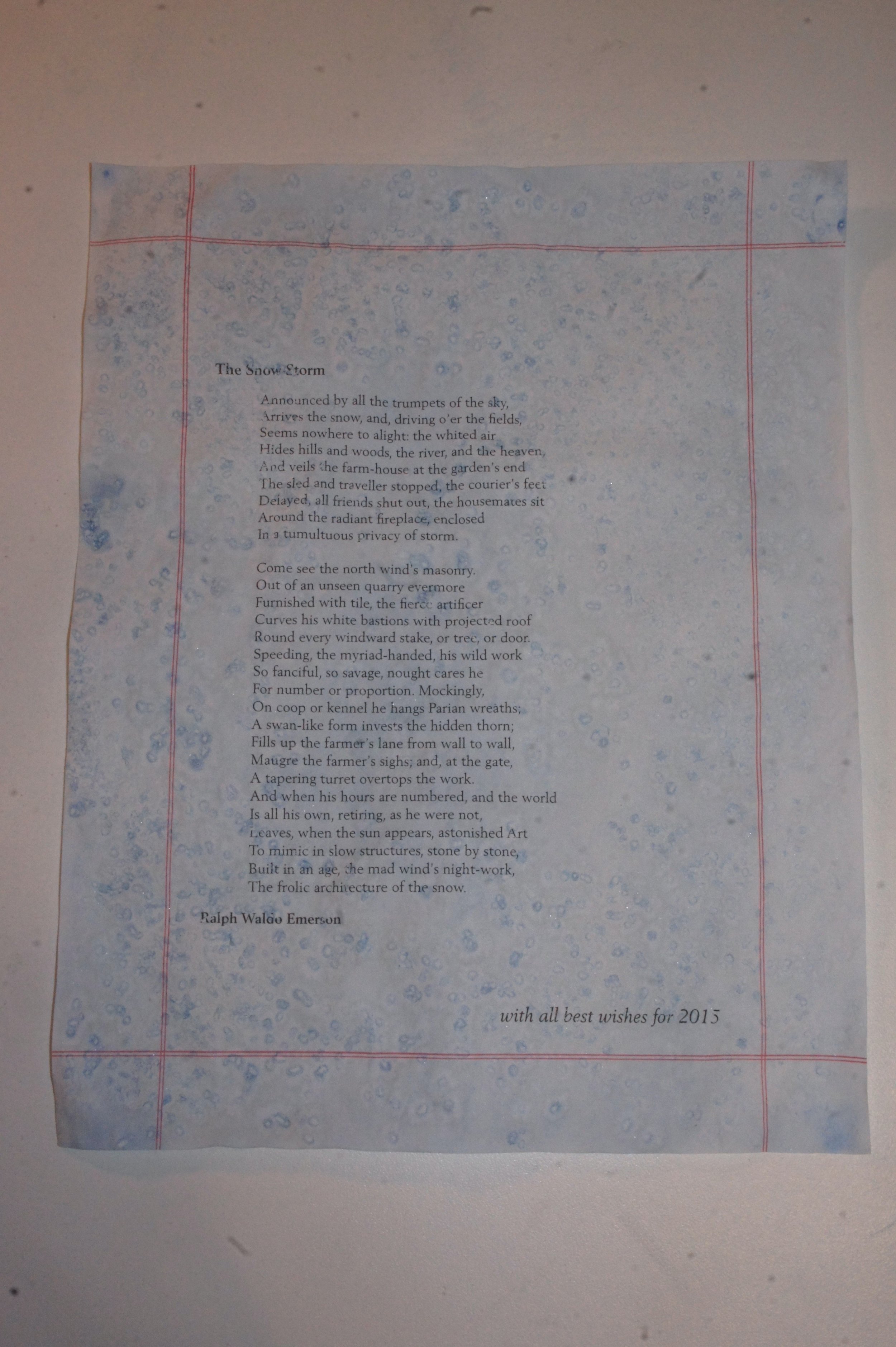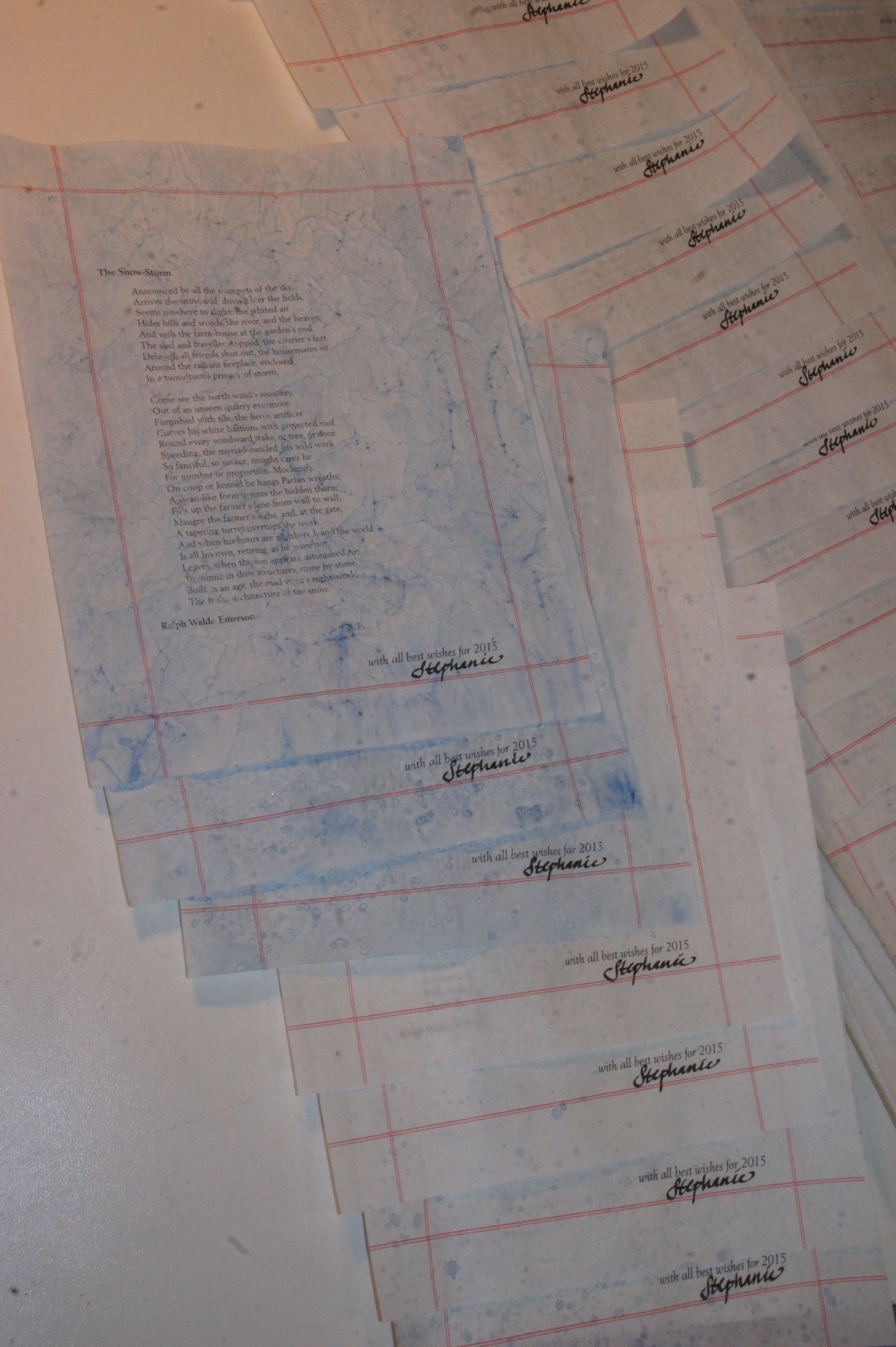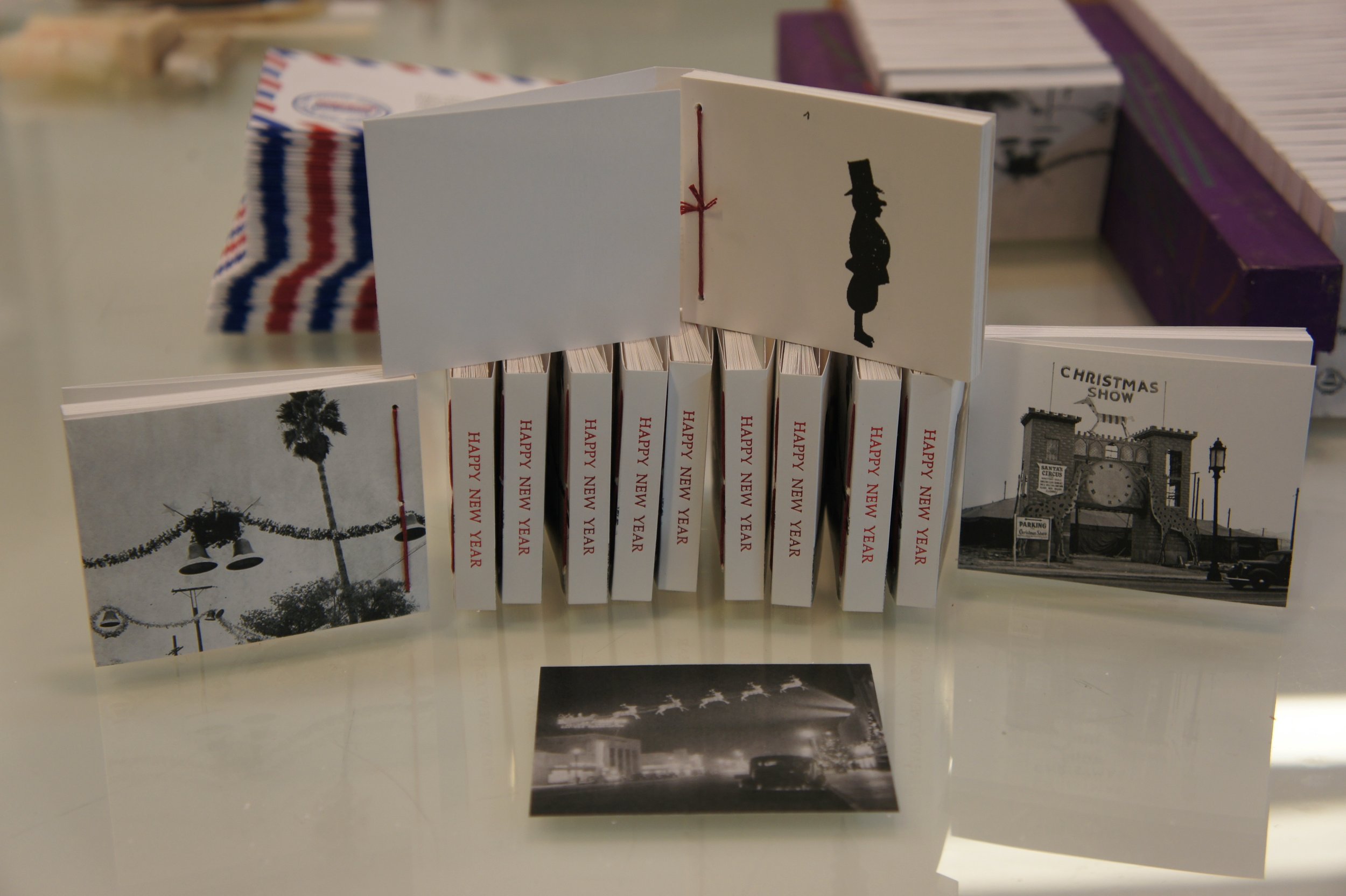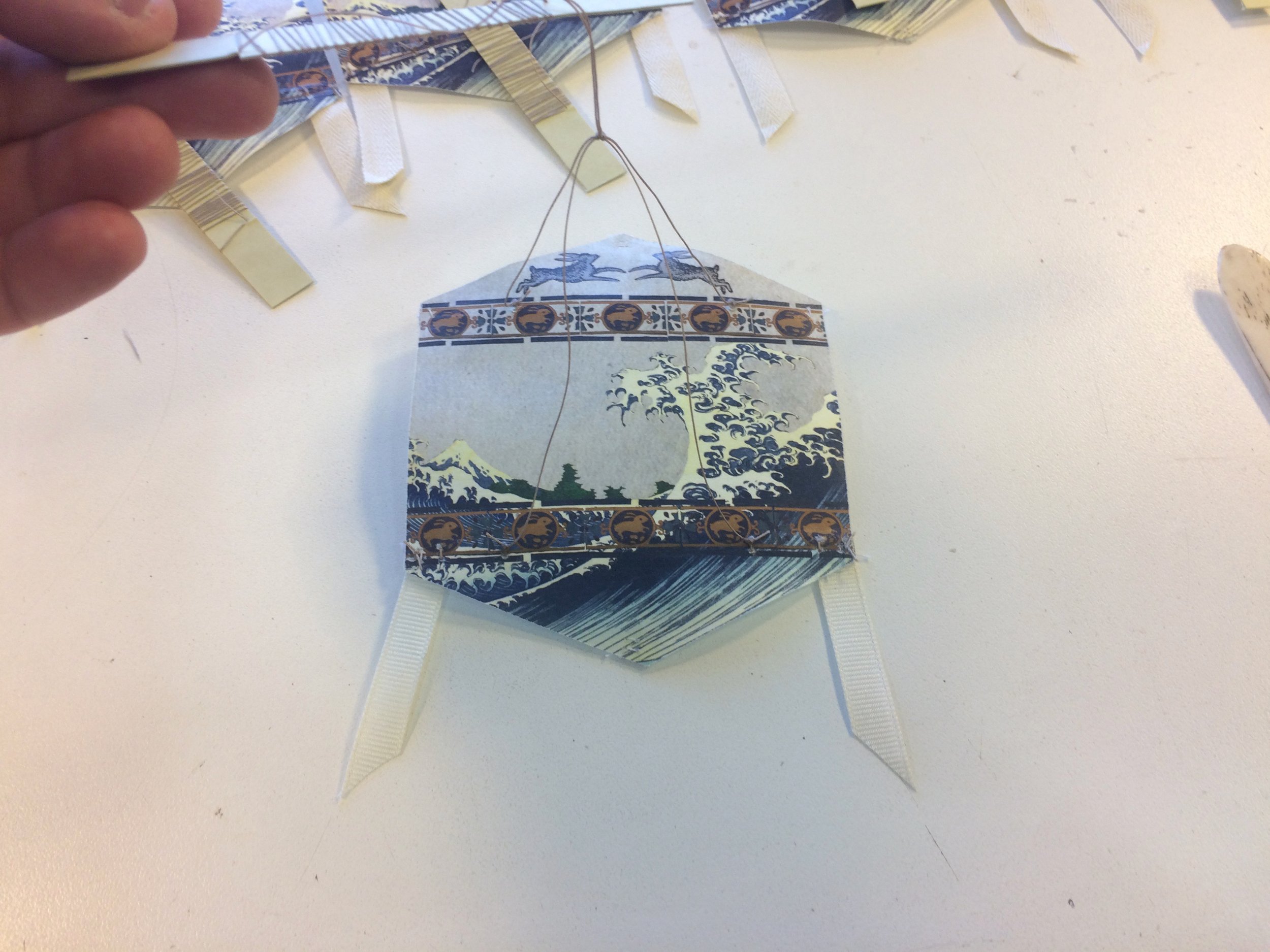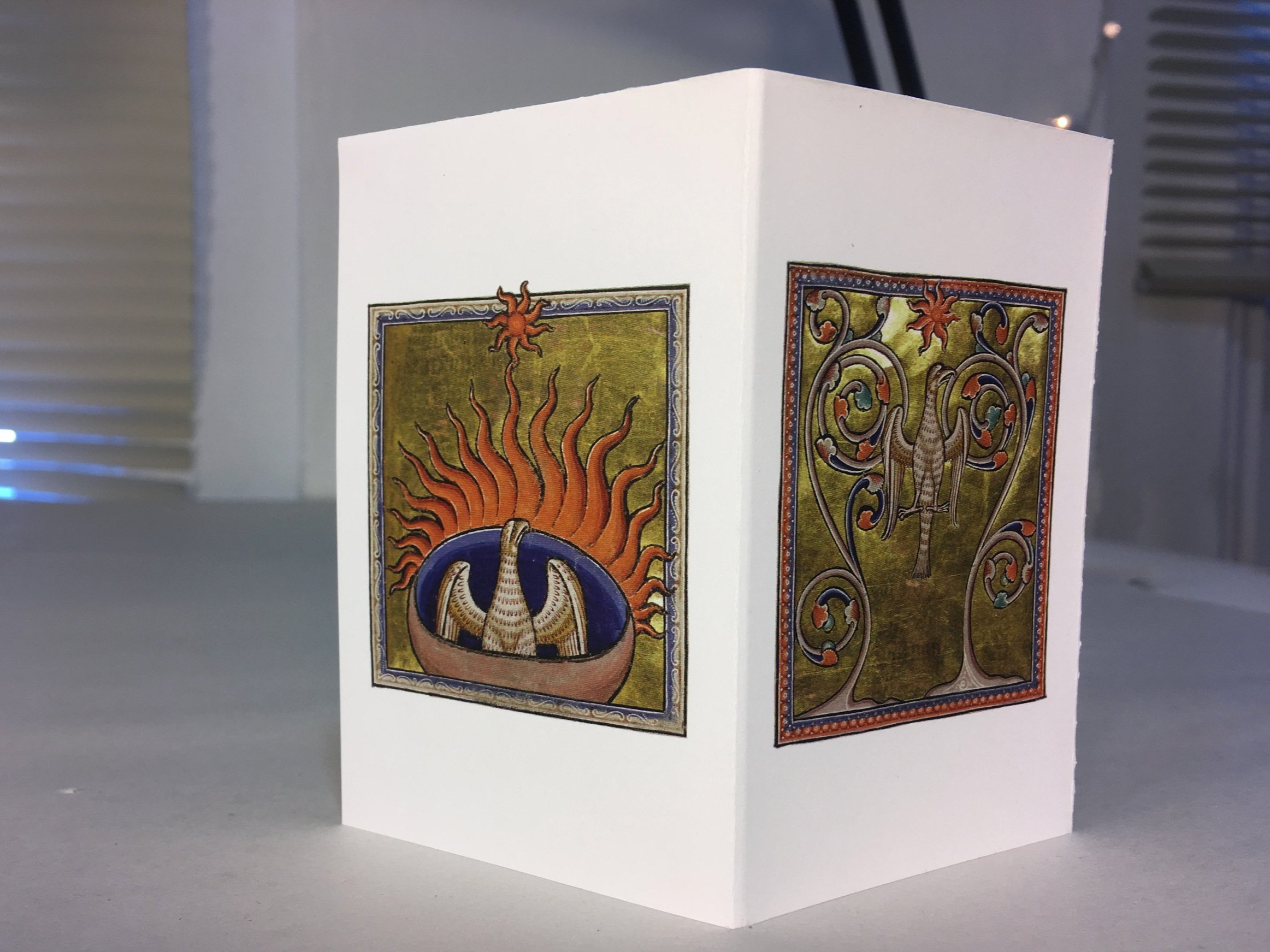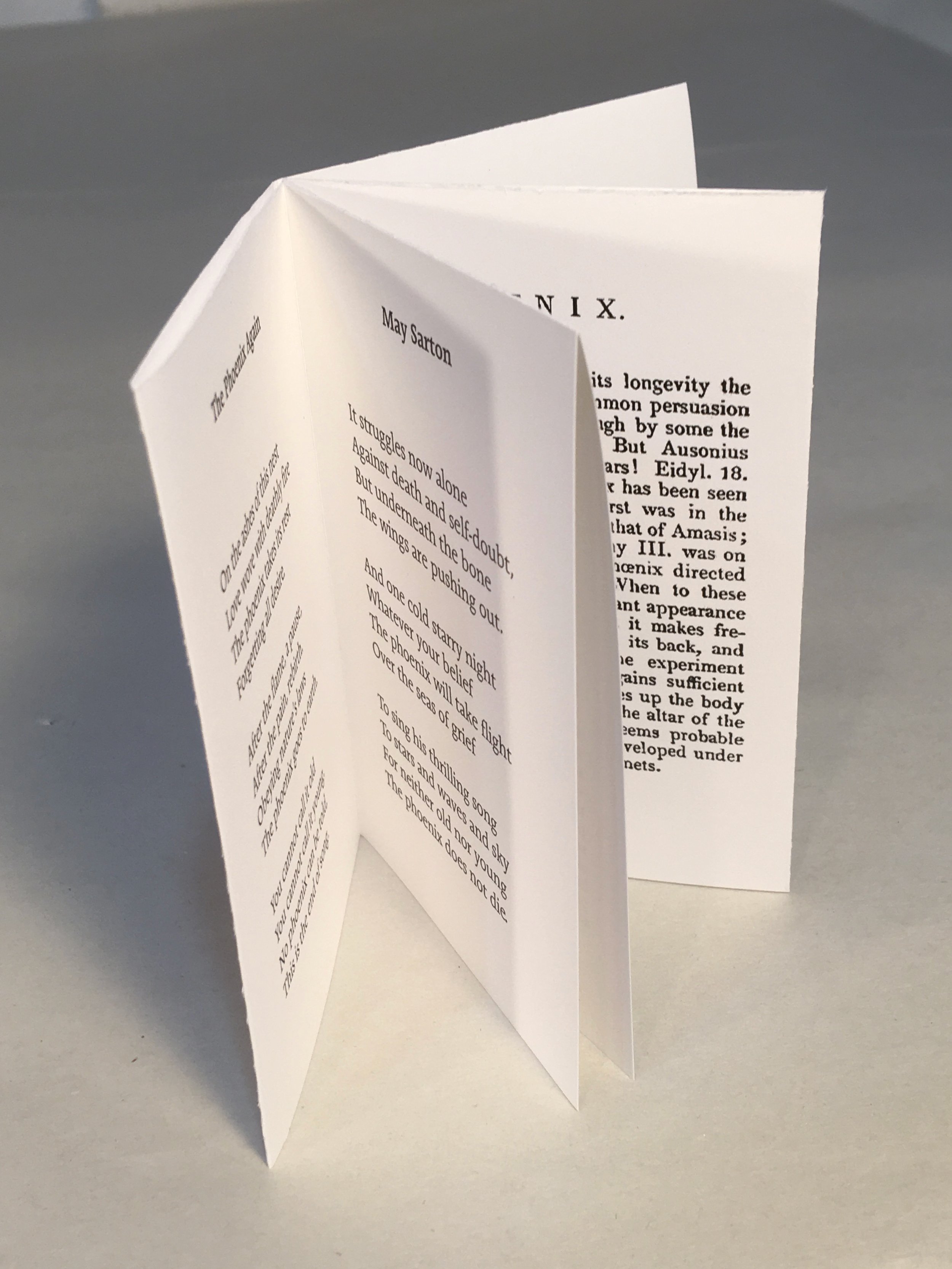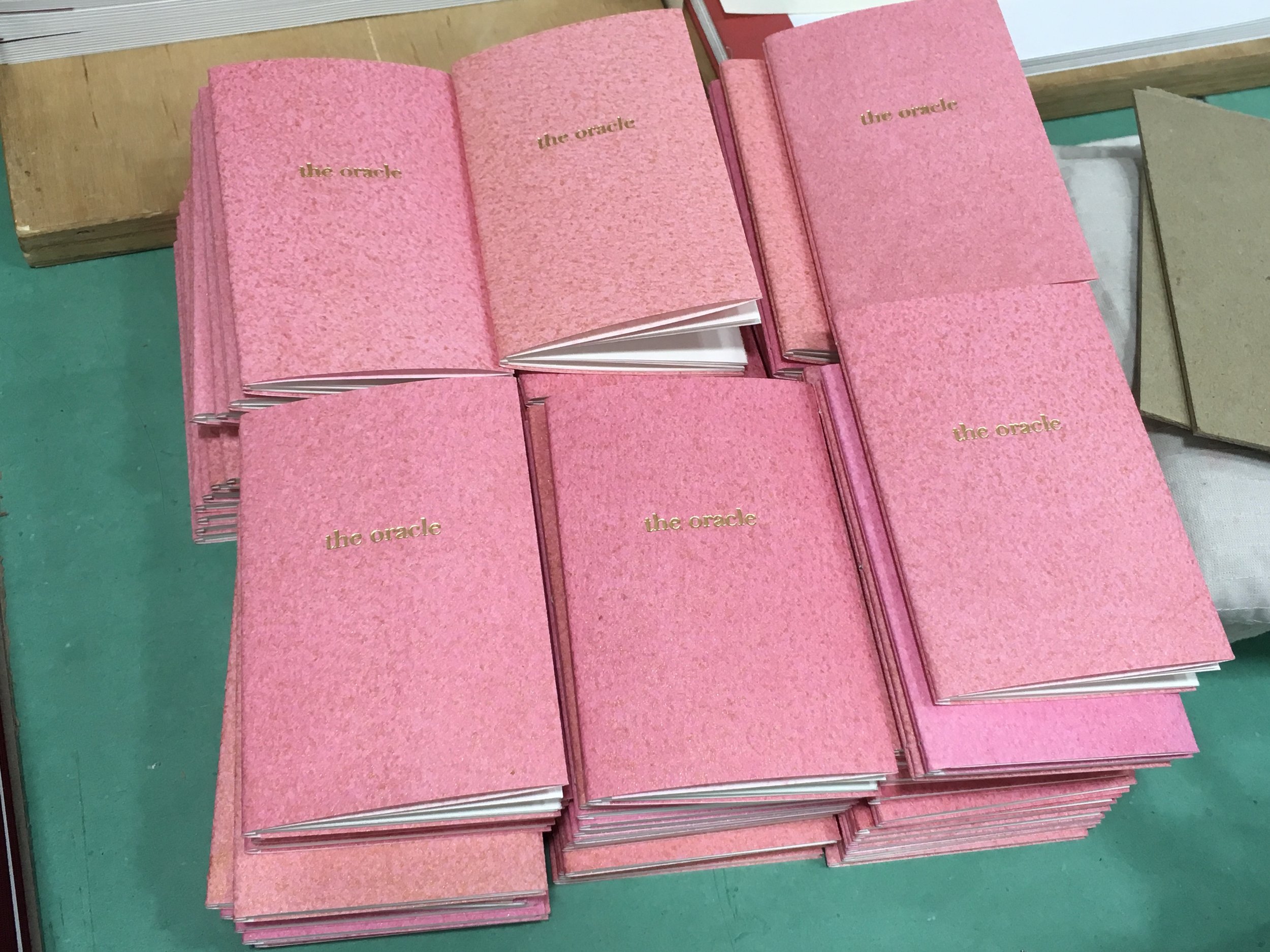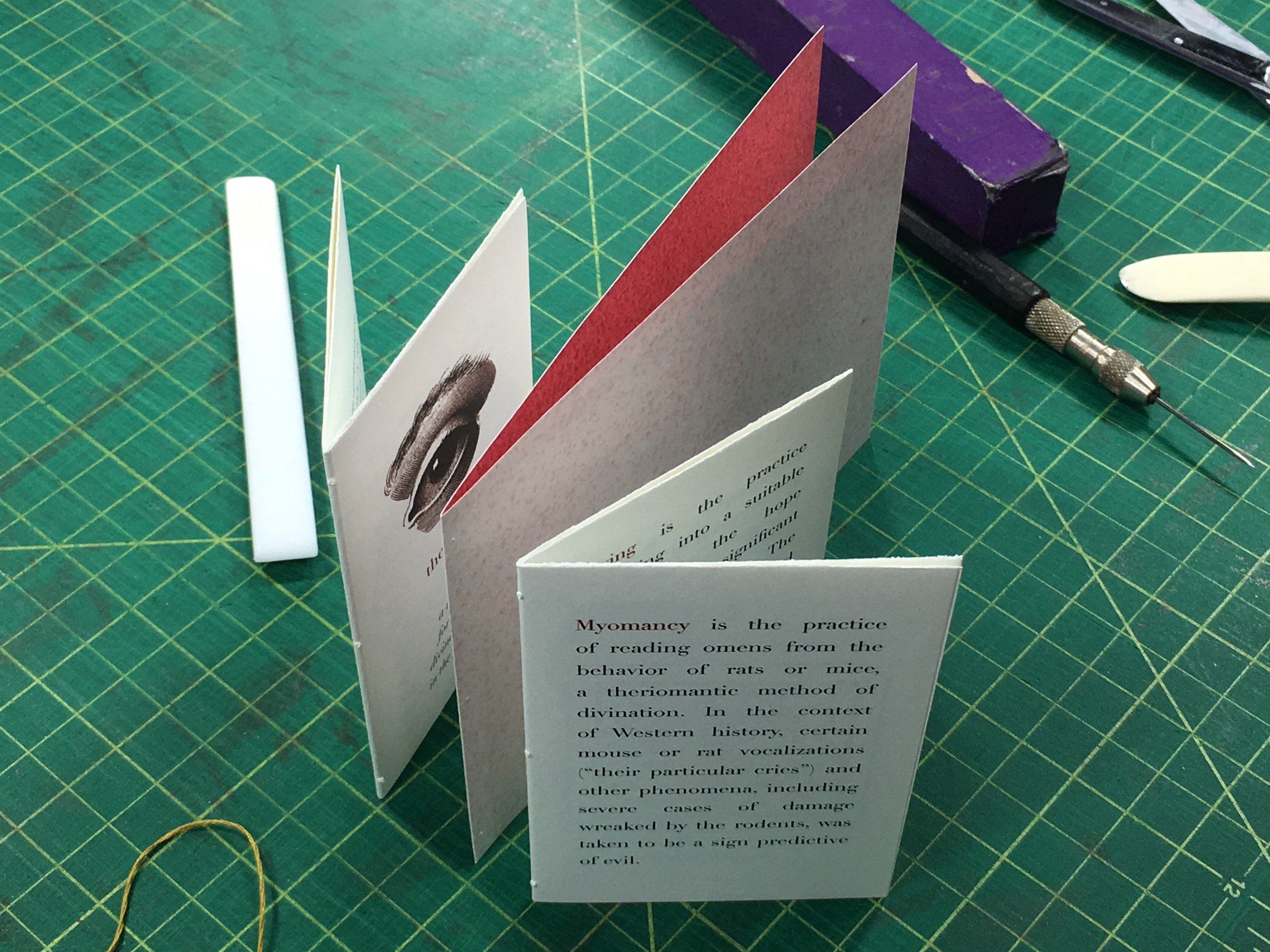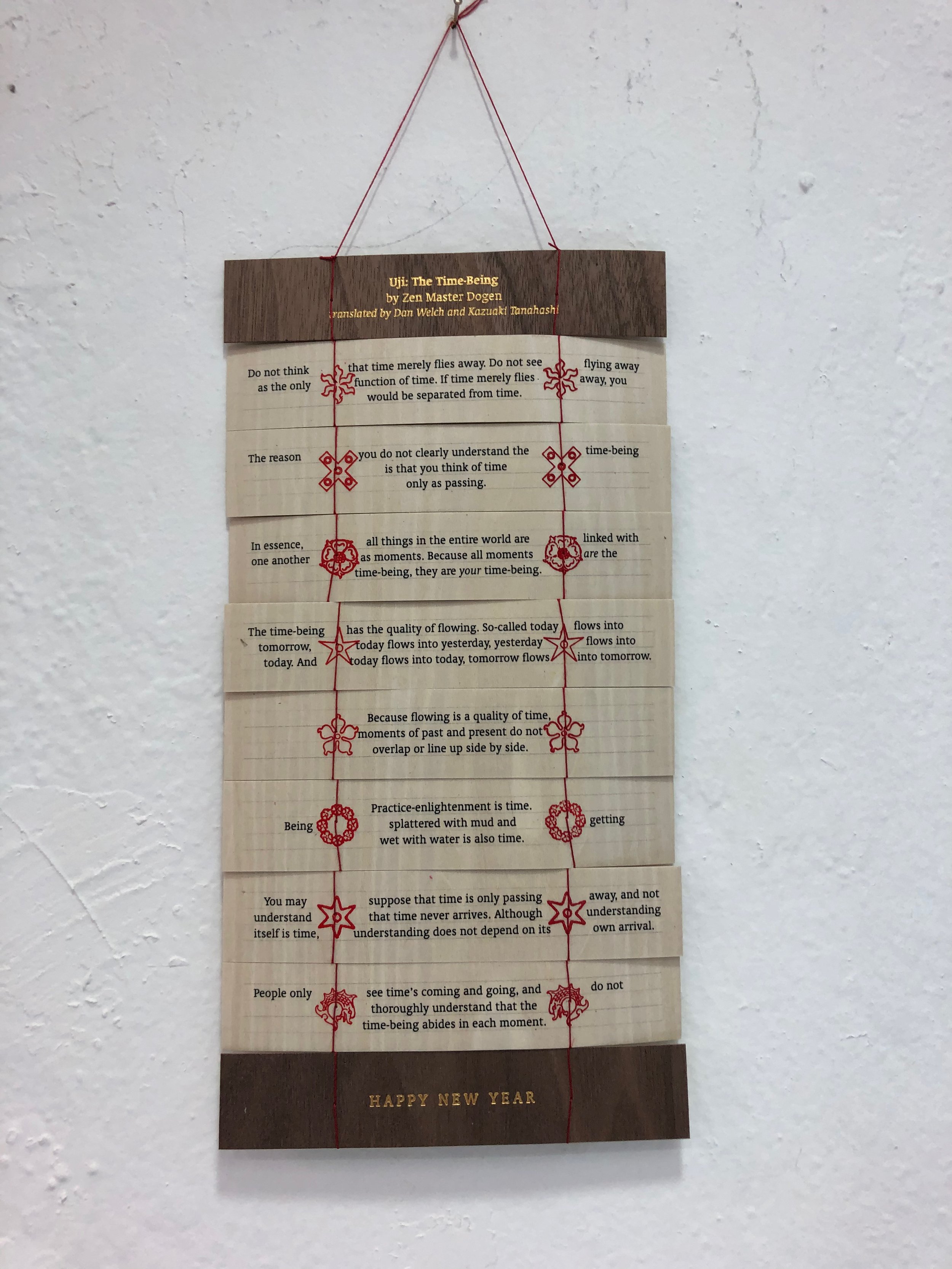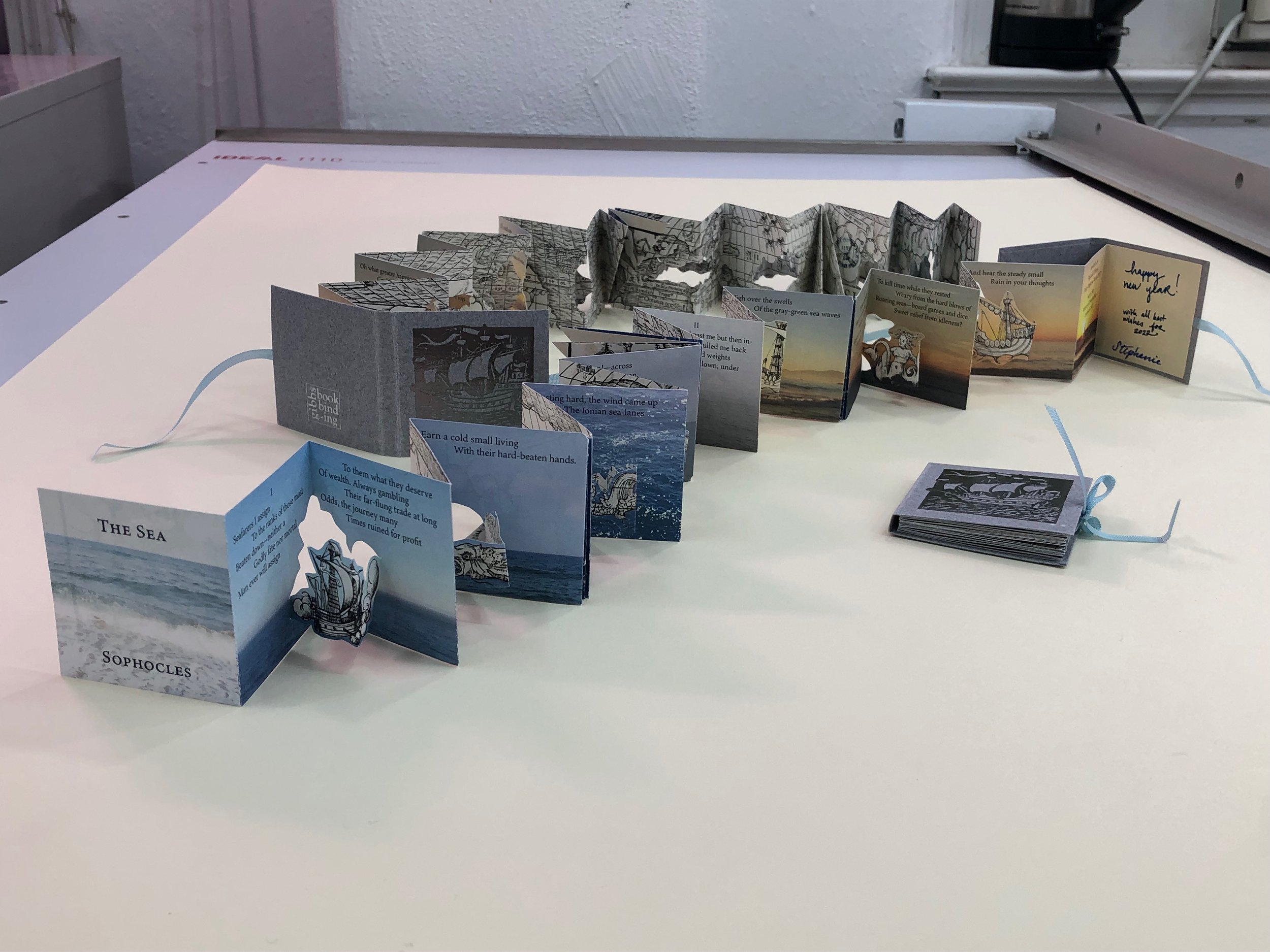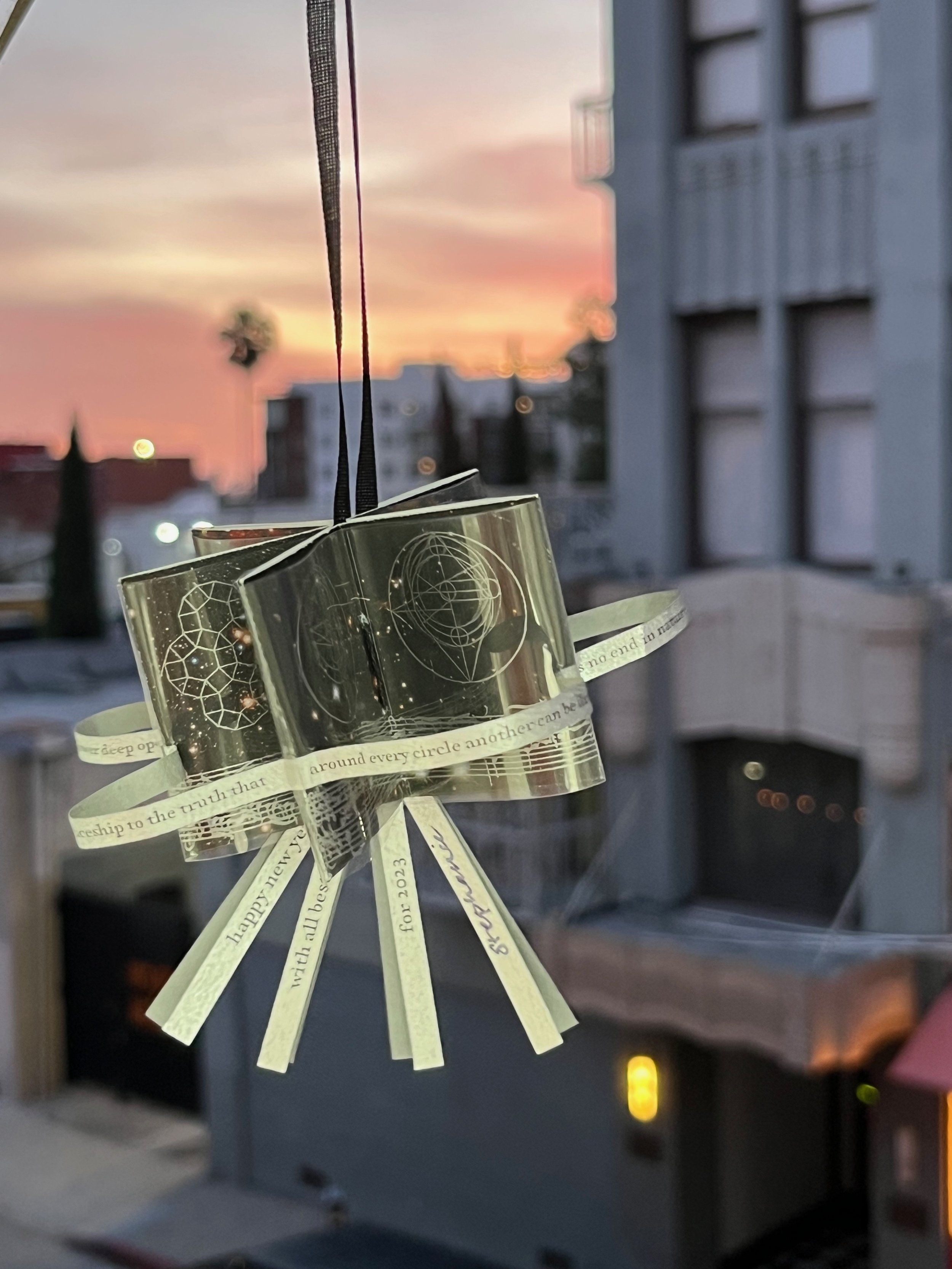interview with CanvasRebel
Stephanie Gibbs
I discuss my background, training, and education of the craft of bookbinding in an interview with CanvasRebel. The text has been provided below.
For additional resources about bookbinding and conservation education, please see my post on Entering the Field.
Alright – so today we’ve got the honor of introducing you to Stephanie Gibbs. We think you’ll enjoy our conversation, we’ve shared it below.
Stephanie, looking forward to hearing all of your stories today. Can you talk to us about how you learned to do what you do?
While I have worked as a bookbinder for twenty years, I was very intentional in choosing the craft and the profession. Originally I wanted to be a children’s librarian — I love picture books, which is part of the reason I so enjoy working with professional artists. I was also interested in tailoring and costuming — hand sewing and embroidery are active skills involved in making books. And I love research: not only history, but theory and experimentation — which serves me well in keeping my own skills and studio practice aligned with contemporary challenges and ideas.
Similarly, my background encompasses following all of these paths: I worked in a costume shop, I took graduate courses in library science and in literature, and I absolutely love taking craft workshops in fields that aren’t related to bookbinding, like woodworking or welding. All of this served me well as I delved into the world of fine bookbinding.
In my own professional background, I started with an undergraduate job in the conservation department of a university library, working ten hours a week making folders to protect rare books. I then had a reference and research position in a special collections library, where all day, every day I was handling rare books and archival materials: learning about the physical aspects of books throughout the ages. Then I started learning the craft aspect of book construction the way many hobbyists start: taking a weekend workshop, then a week-long workshop, then more workshops, long term internships: taking classes anywhere I could find them and working with as many different instructors as possible. Every instructor approaches the craft differently, and emphasizes different aspects, and I valued this variety.
Once I was dedicated to pursuing professional training, I looked into MA programs in both fine art and in book conservation. There are very few schools that offer a traditional “bookbinding” program, and the job requirements if one wants to work in a University setting require certain types of training, so I didn’t want to lose those opportunities by not having the correct type of formal training. Something a lot of people have experienced is that art and craft programs around the country are being closed and reduced as universities place emphasis on different types of education, and I was lucky in being able to consider a range of places that offered different types of bookbinding education.
I chose a small, private college in England to study the MA in Book Conservation; this provided access to a top-of-the line studio and lab space, a library with resources covering the range of affiliated subjects, and opportunities to study book history, printing history, the chemistry of books and paper, and comparative methods of problem solving for different outcomes. While this was the right program for me at the time, one of my frustrations with it was that it assumed a deeper knowledge of the craft of bookbinding as a foundation than I had yet developed. As a result, I was concurrently taking weekly private lessons with a fine bookbinder in London, to further develop my hand skills.
The same way that many PhD students will enter a fellowship or a post-graduate position after completing their degree, I wanted to continue to work with skilled fine bookbinders after receiving my MA: I knew there was so much more finesse and detail in the craft than I had yet been exposed to, and I valued the follow years where I was concurrently running my own small bookbinding studio as well as working as a bookbinding assistant with some of the most skilled binders in the US.
All of this took time, and patience, and being very intentional about what I valued and why I valued it. There is knowledge that is embedded in muscle memory that can only be gained by performing a task until it becomes second nature, and there is a skill in seeing and judging and making adjustments to how one works that requires training one’s eye to compare, judge, and finesse.
Of all the skills that were the most essential, patience and perseverance were the two that mattered most. There’s no way to learn a craft deeply, and well, quickly: it has to become a part of who one is.
Awesome – so before we get into the rest of our questions, can you briefly introduce yourself to our readers.
I work as a hand bookbinder, which is a field very few people have heard of. When I say “I make books,” most people assume that either I write books, or I am a graphic designer and I design the covers for books, or I work in publishing and the commercial production of books. It usually takes a few metaphors before they realize that what I really do is ~make books~: fold paper, sew pages, cut cover materials, stamp in gold foil, everything crafted by hand. One of the services that sets my studio apart is that I also provide all aspects of project management: everything from image manipulation in Photoshop to copy editing to page layout to managing the printing.
I compare it to picture framing or to woodworking or to tailoring: every project is a different size, and uses different materials and techniques, even though the underlying structure of “what is a book” is the same. What one person visualizes inside their head as “a book” might look completely different from what someone else thinks of as “a book,” and it’s my job to both translate their vision and to fabricate it so it matches what they see.
My clients range from fine artists looking to fabricate books and boxes out of a range of traditional and contemporary materials and aesthetic styles, to writers wanting presentation copies of their work in fine leather bindings, to prop masters wanting a book as a hero object in a film or commercial, to university special collections libraries whose mission is to conserve rare books for future researchers.
I love the range and variety of items that come through my studio, and the passion that accompanies the projects people commission.
What’s the most rewarding aspect of being a creative in your experience?
One of the challenges of modern life is how disconnected people feel from their jobs and from their communities: how difficult it can be long-term to do work where the outcome is invisible or nebulous, or purely virtual. What has kept me inspired and challenged has been the fact that at the end of every day in the studio, I can point to a physical stack and say: “I did that. This a physical reality that exists that didn’t exist this morning.” There are days when the stack of things that I’ve completed is small, and there are days when I’ve had to re-engineer and re-construct the same item multiple times before it functions and looks the way I expect it to, but there’s a tangible, physical outcome that is intrinsically rewarding. And being able to look at my past projects, and to see: “here’s what used to be a formidable challenge, that now isn’t overwhelming”, and “here’s what I used to be curious and excited by, and what those experiments looked like, and how they informed other projects in my studio.” There’s a conversation between my past self, my current self, and my future self that having these physical touchstones enables, and is satisfying even on the days that are the most frustrating.
How can we best help foster a strong, supportive environment for artists and creatives?
We live in a society that is based on a strictly financial definition of success, while also being surrounded by inexpensive, mass produced items: the amount of time, effort, and the material costs of producing fine crafts are often invisible to those who are not themselves craftsmen. Many institutions and countries are trying to establish ways of recognizing and supporting this invisible skill, from UNESCO heritage programs to the Japanese national treasure status. Craft museums in the US offer a way to share objects that are from a broader background than is traditionally seen in fine art museums, but what would really allow a broader support base for craftsmen of every field is if education were to re-incorporate crafts and vocational programs into the curricula, as it both creates opportunities for future workers to learn about these fields, as well as provides a sense of the amount of skill genuinely required to produce an object by hand. The ecosystem of craft can only exist when it has both customers as well as material resources, and the broader the base of people who understand and are curious about craft, the greater support there will be.
Contact Info:
Website: https://www.gibbsbookbinding.com
Instagram: @gibbsbookbinding





































































































































